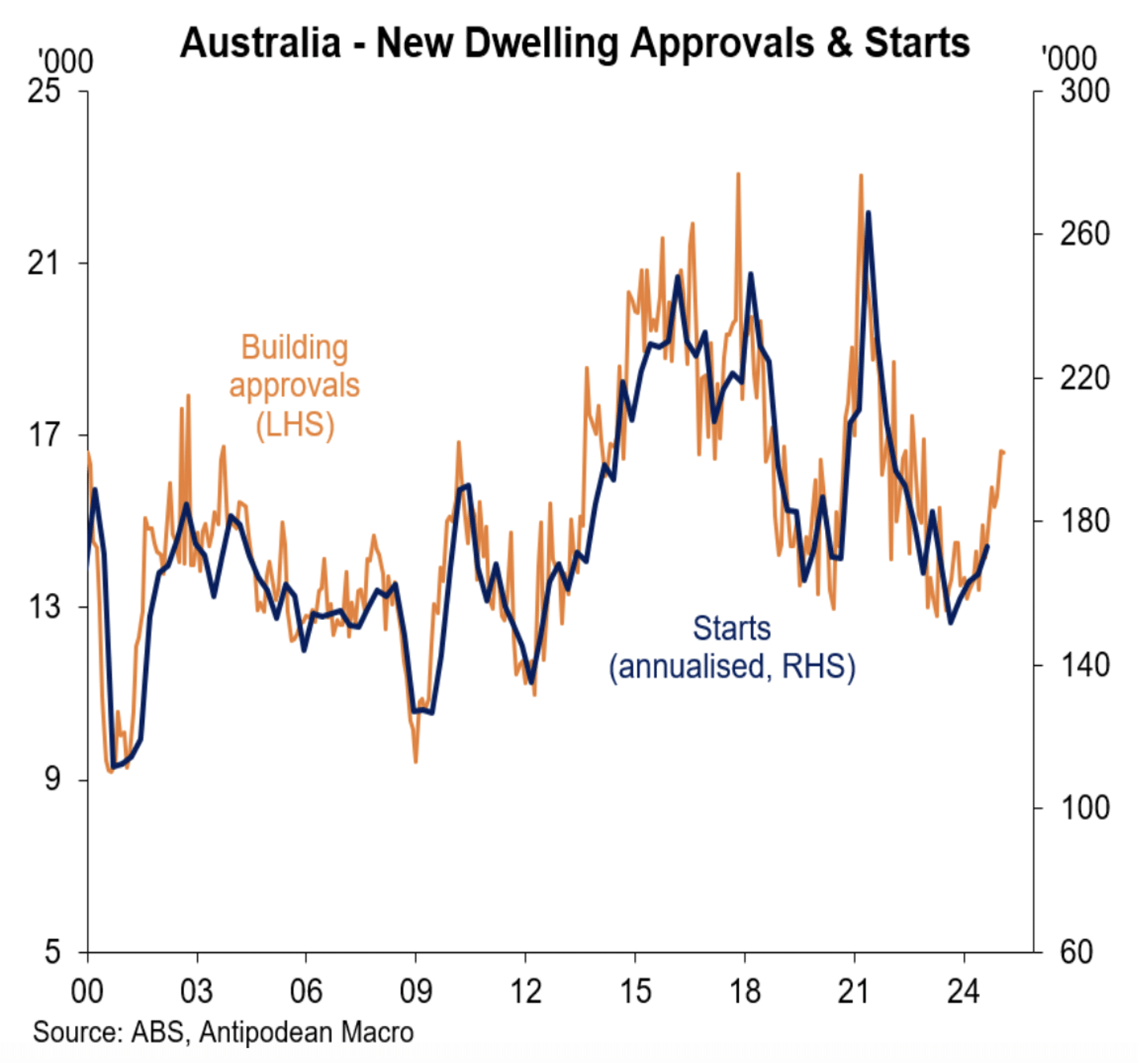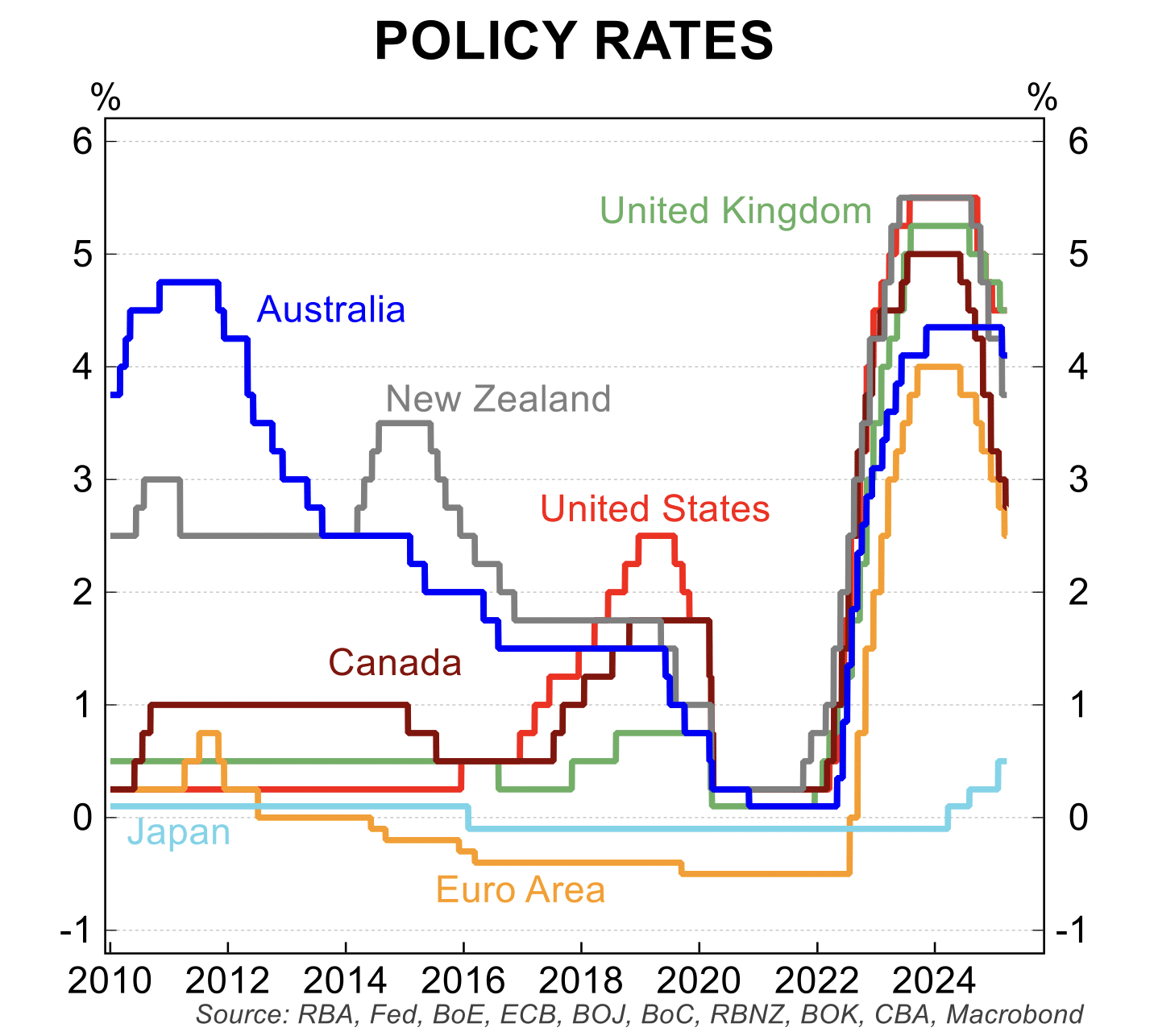Our recent attendance at the Private Equity Real Estate (PERE) Asia Conference revealed interesting insights into the Asian investment market, particularly into private credit as it is viewed by investors and other players in the real estate sector.
Current economic, real estate and investment trends driving the discussions at the PERE Asia Conference underscore the promising outlook for investors in private credit. The appealing fundamentals of Australia, coupled with the preference for fixed income strategies and low volatility, highlight the need for private credit to be a key component of every investor’s portfolio.
Amidst global capital dynamics and emerging opportunities in Australia and, interestingly, India, private credit remains a favoured strategy among institutional investors seeking to diversify their portfolios. The popularity of private credit and the increasing allocation towards core1 and core plus (core+)2 strategies signify a growing recognition of the defensive attributes and risk-adjusted returns associated with this alternative asset class through uncertain economic climates.
Here are some key observations:

The fundamentals of the Australian market continue to attract investors, driven by factors such as migration trends, stable GDP growth, controlled inflation, and a robust legal framework. Additionally, our proximity to Asia further bolsters Australia’s appeal.
Asian investors exhibit a clear bias towards regular income strategies, aiming for returns meaningfully above what is available for cash and cash–like products. This is being leveraged as a short-term window while inflation is at its peak. We also highlight a premium is needed to mitigate FX risks and illiquidity in the Australian market.
The cost of capital has risen globally in response to interest rates and inflation. Despite this, there remains a shortage of available capital compared with worldwide demand, and due to Asia’s lower rates their capital is being actively sought across the US, Europe, and Asia-Pacific regions.
Australia and India emerge as primary investment opportunities for Asian investors, with Japan’s ultra-low yields considered unappealing. While India presents emerging opportunities, the associated risks rank it behind Australia in terms of appeal, when factoring in our developed markets, but our lack of scale is a disadvantage.
Private credit emerges as a favoured strategy among fund managers and investors, with a shift from equity real estate allocations. Many investors, including sovereign wealth funds, are reallocating towards credit strategies as they seek out defensive returns and rebalance portfolios.
Core and core+ like strategies – ex Office – hold appeal and is perhaps a central part of many portfolios but it appears there is still a knowledge gap as to its categorisation within fixed income and alternatives. Allocation to alternatives has increased on average from 5% to 15% with bonds and hybrids part of this mix.
Traditional investors in commercial office assets are now diversifying towards large-scale industrial properties, logistics, cold storage, and last-mile facilities. However, there is still a disconnect with some real estate sponsors (General Partners) maintaining resistance to private credit, favouring equity raising for long-term asset acquisitions.
Composition of private credit in Australia differs from the US and Europe with a bias towards construction and secondary focus on mezzanine and preferred equity. This trend may be influenced by several factors driving robust construction activity, including housing shortages, rising immigration, and government incentives for affordable housing development.
We note that Zagga has maintained a position of taking on commercial office assets on an exceptions basis due to high-buy sell spreads, increasing cap rates, and high vacancy/incentives since the rapid escalation of interest rates. In Australia, the major banks and insurance funds still dominate these assets at low-yields and many are being repriced as an opportunistic play with vendors facing the loss.
Some Limited Partners are temporarily allocating their equity to private credit while awaiting asset-buying opportunities. This has led to a decrease in funds available to managers, but it also signifies an increase in allocations towards private credit opportunities, particularly with reputable investment managers boasting a strong performance history.
With feet back under the desk (and boots at the job site), we’re rejuvenated and excited by the opportunity for growth as we continue to support our investors with accessing high quality investment opportunities underpinned by prime Australian real estate.

- Core real estate funds represent the most conservative blend of risk and return in the private real estate segment. They invest in the best properties in the best locations.
- Core plus real estate funds are one notch higher on the risk-return scale.






